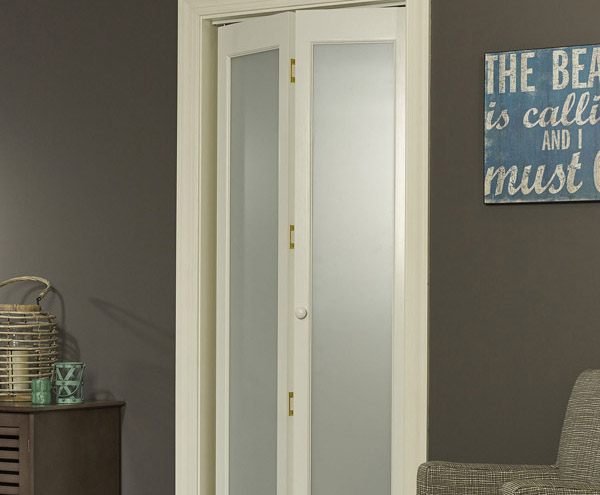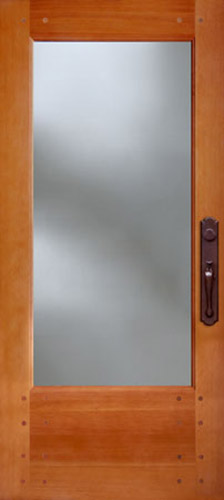

Metal-framed storm doors might have foam insulation inside their frames for added strength. Wooden storm doors require more maintenance than the other types. Storm door frames are usually made of aluminum, steel, fiberglass, or wood (painted or not). If you plan to purchase a storm door, consider features that improve the energy efficiency. However, adding a storm door to a newer, insulated door is not generally worth the expense, because you won't save much more energy. If the manufacturer has made it possible to do so, you can replace worn weatherstripping on sliding glass doors.Īdding a storm door can be a good investment if your existing door is old but still in good condition. In addition, after years of use the weatherstripping wears down, so air leakage increases as the door ages. It's impossible to stop all the air leakage around the weatherstripping on a sliding glass door and still be able to use the door. Look at NFRC labels to find air leakage ratings. A door with one fixed panel will have less air leakage than a door with two operating panels. Most modern glass doors with metal frames have a thermal break, which is a plastic insulator between inner and outer parts of the frame. When buying or replacing patio doors, swinging doors generally offer a tighter seal than sliding types. Models with several layers of glass, low-emissivity coatings, and/or low-conductivity gases between the glass panes are a good investment. Single-pane glass or "patio" doors, especially sliding glass doors, lose much more heat than other types of doors because glass is a very poor insulator. For example, a 1-1/2 inch (3.81 cm) thick door without a window offers more than five times the insulating value of a solid wood door of the same size. The R-values of most steel and fiberglass-clad entry doors range from R-5 to R-6, excluding a window. If installed correctly and not bent, this type of door needs no further weatherstripping. It usually includes a magnetic strip (similar to a refrigerator door magnetic seal) as weatherstripping.
#Glass door encore energy skin
One common type of exterior door has a steel skin with a polyurethane foam insulation core. The lower the U-factor, the better the door keeps in heat. SHGC measures how well a product keeps out solar heat. Look for a low SHGC in a climate that mainly requires cooling and a high SHGC in a climate that requires heating. The label shows the solar heat gain coefficient (SHGC) and U-factor for the door. Learn more about the NFRC label. The National Fenestration Rating Council (NFRC) label helps you compare energy performance ratings of doors. This will help narrow your selection. Look for the ENERGY STAR label to help identify energy efficient products for your climate. When selecting doors for energy efficiency, it's important to first consider their energy performance ratings in relation to the local climate and your home's design.


If you're building a new home, you should consider buying the most energy-efficient doors possible. If you have older doors in your home, replacing them might be a good investment, resulting in lower heating and cooling costs. (Asset Management)ĪMERICAN FUTURE FUEL CORPORATION (AFFC.New exterior doors often fit and insulate better than older types. The Treeline project is located west-northwest of Albuquerque, in McKinley and Cibola Counties.Ĭhief Administrative Officer & General Counsel The Nose Rock Project is located in McKinley County, New Mexico. The Marquez project is located in McKinley and Sandoval counties of New Mexico.

The Centennial Uranium Project is located in the western part of Weld County in northeastern Colorado. The Moonshine Springs project is located in Mohave County, Arizona. Its projects include Moonshine Springs, Centennial Uranium, Marquez, Nose Rock, Treeline, Crownpoint, Hosta Butte, Juan Tafoya, West Largo, Dewey Burdock, Kingsville Dome, Rosita, Upper Spring Creek, Butler Ranch, Ticaboo, Gas Hills, Dewey Terrace, and Juniper Ridge. It holds a portfolio of uranium assets located in Texas, New Mexico, Wyoming, Utah and Arizona, the United States of America (USA). The Company is engaged in the acquisition and exploration of resource properties in the United States. is a Canada-based uranium development company.


 0 kommentar(er)
0 kommentar(er)
